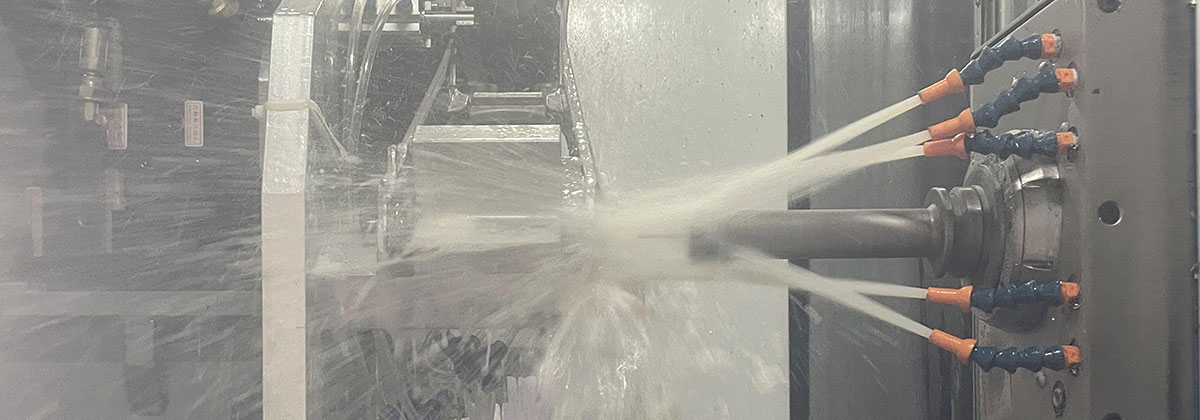Introduction:
Polishing cast aluminum is an effective way to enhance its appearance and restore its shine. Whether you have cast aluminum cookware, car parts, or any other cast aluminum object, learning how to polish it can make a significant difference in its overall aesthetic appeal. In this step-by-step guide, we will walk you through the process of polishing cast aluminum to help you achieve excellent results.
Step 1: Gather the Necessary Materials
Before you begin polishing, gather all the materials you will need. This includes:
1. Aluminum polish: Choose a high-quality aluminum polish that is specifically designed for cast aluminum. Avoid using abrasive cleaners or polishes as they can damage the surface.
2. Soft cloth or sponge: Use a soft cloth or sponge to apply the polish onto the aluminum surface. Avoid using abrasive materials that can scratch the aluminum.
3. Microfiber cloth or a soft-bristled brush: This will be used for buffing and removing excess polish.
4. Warm water: You will need warm water to rinse the aluminum after polishing.
Step 2: Clean the Aluminum Surface
Start by cleaning the cast aluminum surface thoroughly. Use a mild dish soap and warm water to remove any dirt, grease, or grime. Gently scrub the surface using a soft cloth or sponge. Rinse thoroughly with warm water and allow it to dry completely before proceeding to the next step.
Step 3: Apply the Aluminum Polish
Once the aluminum surface is dry, apply a small amount of aluminum polish to the cloth or sponge. Begin working on a small area to test the polish and ensure it does not cause any adverse effects. Rub the polish onto the aluminum surface in circular motions. Apply gentle pressure and work the polish into the surface.
Step 4: Buff the Surface
Using a microfiber cloth or a soft-bristled brush, buff the aluminum surface. This step helps remove any excess polish and further enhances the shine. Use circular motions and continue buffing until the surface achieves a glossy finish. Be thorough but gentle to avoid causing any scratches or damage to the aluminum.
Step 5: Rinse and Dry
Once you are satisfied with the shine, rinse the aluminum surface with warm water to remove any remaining polish. Ensure that all traces of the polish are removed to prevent any residue buildup. Dry the surface completely using a clean cloth or allow it to air dry naturally.
Step 6: Apply a Protective Coating (optional)
To preserve the polished finish and protect the cast aluminum surface from future oxidation or tarnishing, consider applying a protective coating. There are various aluminum-specific protective coatings available in the market. Follow the instructions provided with the coating to apply it correctly.

Step 7: Regular Maintenance
To maintain the polished appearance of your cast aluminum, regular maintenance is essential. Clean the aluminum surface periodically using a mild dish soap and warm water. Avoid using abrasive cleaners or materials that can scratch the surface. Additionally, reapply a polish or protective coating as needed to restore the shine and protect the aluminum from environmental elements.
Conclusion:
Polishing cast aluminum can be a rewarding task that brings new life to your aluminum objects. By following this step-by-step guide, you can achieve a polished and shiny finish. Remember to gather the necessary materials, clean the surface thoroughly, apply the polish, buff it carefully, rinse, dry, and optionally apply a protective coating. With regular maintenance, your polished cast aluminum will continue to shine for years to come.
-

- Ultralight suspension fork for MTB
-

- Tlakové lití z hořčíkové slitiny Autodíly Kryt RDM
-

- Slitina hořčíku Thixomolding pouzdro na šlehač
-

- Tixomulační lití z hořčíkové slitiny odlévání dílů UAV
-

- Kryt krytu notebooku C
-

- 2022 Velkoobchod Horký výprodej Díly jízdních kol Dětské kolo ze slitiny hořčíku Dětské kolo bez pedálů Vyvážené dětské kolo Více barev k dispozici

 0086-750-5616188
0086-750-5616188 +86 13392089688
+86 13392089688 sales@zhongmei-tech.com
sales@zhongmei-tech.com







